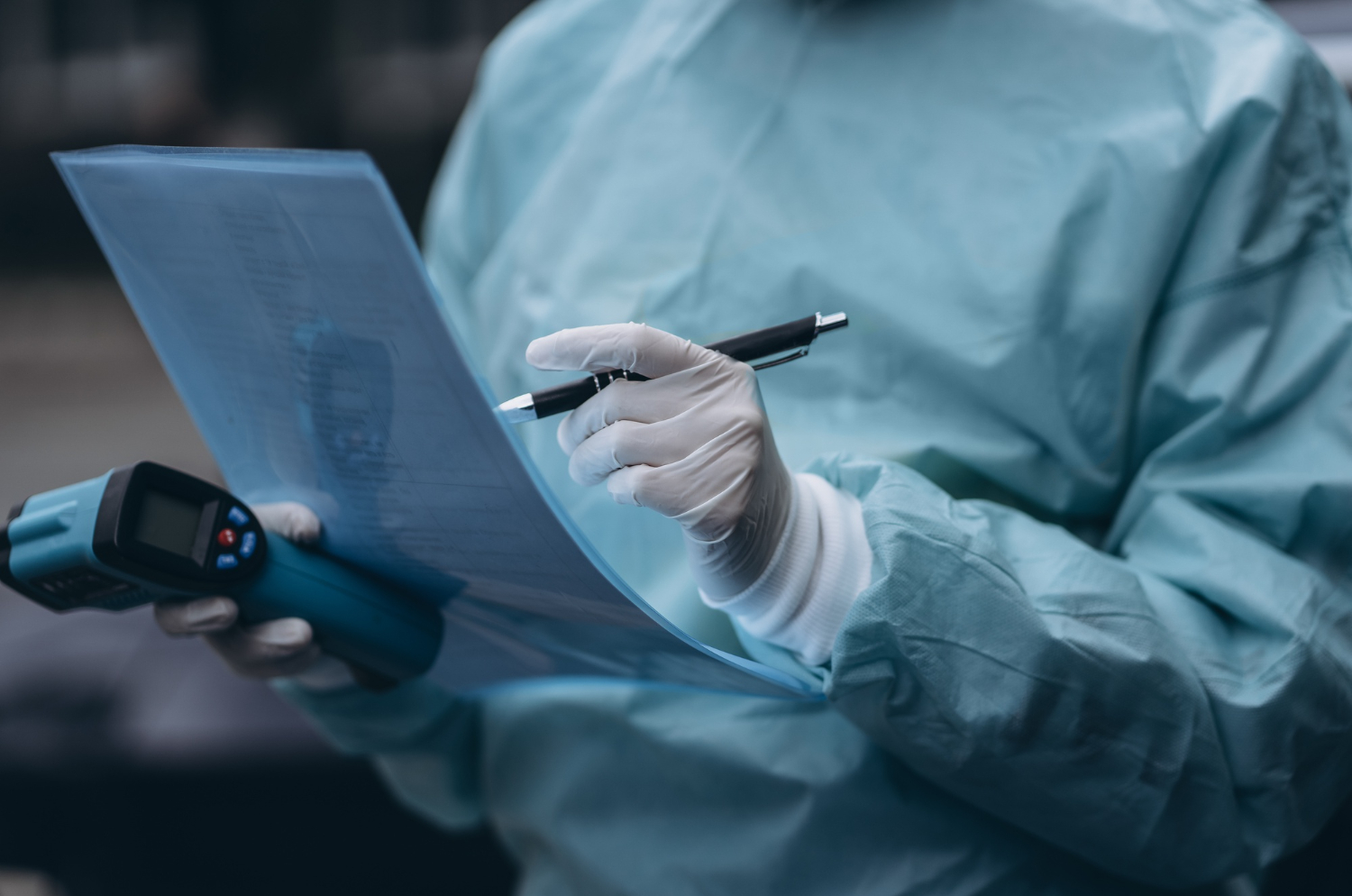The Centers for Disease Control and Prevention (CDC) plays an important role in food safety by conducting a variety of activities targeted at preventing and reacting to foodborne diseases. While the Food and Drug Administration (FDA) and the United States Department of Agriculture (USDA) have primary responsibility for food safety regulation and oversight, the CDC’s role is primarily focused on foodborne outbreak surveillance, investigation, and public health response. The CDC helps to food safety in the following ways:
Surveillance and Data Collection
The CDC collects and analyzes data from multiple sources to monitor and track instances of foodborne disease. Working with state and local health authorities, laboratories, and healthcare professionals to discover patterns and trends in foodborne infections is part of this process. This surveillance aids in the detection of prospective epidemics and regions of concern.

Outbreak Investigation
When outbreaks of foodborne diseases develop, the CDC undertakes investigations to discover the source of the epidemic and the specific food or items implicated. The agency employs modern epidemiological tools to track the outbreak’s origins, frequently collaborating with state and local health agencies, the FDA, the USDA, and other partners.
Epidemiological Research
The CDC undertakes epidemiological research to better understand the causes, transmission patterns, and risk factors related with foodborne infections. This research contributes to the development of public health policies, recommendations, and measures to avoid future outbreaks.
Public Health Response
The CDC engages with other government agencies and public health partners to create effective response plans based on the findings of outbreak investigations and research. To avoid additional sickness and safeguard the public, these tactics may include issuing public health alerts, recalls, recommendations, and guidelines.
Emergency Response
In the case of large outbreaks or occurrences with substantial public health implications, the CDC assists local and state health authorities. This may entail deploying personnel, providing technical help, and organizing response operations in order to reduce the spread of foodborne infections.
Communication and Education
The CDC is an important resource for educating the general public, healthcare professionals, and the food sector on food safety procedures. The organization provides information on proper food handling, preparation, and storage, as well as strategies to detect and avoid foodborne diseases, through different communication channels.
Data Sharing and Collaboration
The CDC works with other federal agencies, including the FDA and USDA, to exchange food safety information and data. This cooperation contributes to a more coordinated and effective response to foodborne outbreaks and other public health hazards.
Here are some other ways that the Centers for Disease Control and Prevention (CDC) helps to food safety:
Data Analysis and Risk Assessment
To assess the risk associated with various foodborne diseases, products, and behaviors, the CDC analyzes data obtained from diverse sources. This risk assessment aids in the establishment of regulatory decisions and food safety policies.
Monitoring new Pathogens
The CDC closely monitors new pathogens and trends in foodborne illness. This involves analyzing pathogen genetic alterations, tracking their transmission, and evaluating their potential impact on public health.
Collaboration with State and Local Health Departments
The Centers for Disease Control and Prevention (CDC) works with state and local health departments to improve their capacity for recognizing, investigating, and reacting to foodborne outbreaks. This collaboration strengthens the whole monitoring and response network.
Laboratory assistance
During foodborne outbreak investigations, the CDC offers expertise and assistance for laboratory testing. This guarantees that accurate diagnostic methods for identifying the individual microorganisms causing diseases are accessible.
Guidelines and Best Practices Development
The CDC creates guidelines, recommendations, and best practices for many aspects of food safety based on scientific study and data analysis. These standards are used to encourage safe food handling practices by healthcare professionals, public health officials, and the food industry.
Training and Capacity Building
The Centers for Disease Control and Prevention (CDC) provides training programs and materials to assist public health professionals, healthcare providers, and food safety specialists in improving their skills and knowledge in recognizing, reacting to, and preventing foodborne diseases.
Global Health Impact
The CDC’s expertise in food safety goes beyond the borders of the United States. The organization works with international partners to enhance food safety procedures throughout the world, therefore contributing to global health security and lowering the danger of international foodborne illness outbreaks.
Data Sharing and Research Dissemination
The Centers for Disease Control and Prevention (CDC) publish research findings, reports, and updates on foodborne illnesses and outbreaks. To raise awareness and comprehension of food safety problems, this information is extensively communicated to healthcare professionals, researchers, policymakers, and the general public.
Public Awareness Campaigns
During holidays, special events, and periods of higher risk, the CDC launches public awareness campaigns to educate the public on safe food handling procedures. These initiatives attempt to increase awareness and encourage individuals to take the appropriate safeguards.
Innovative Technology and Methods
To better understand the sources and transmission of foodborne infections, the CDC employs modern technology and methods such as genomics and molecular epidemiology. This enables for faster and more accurate epidemic detection.

